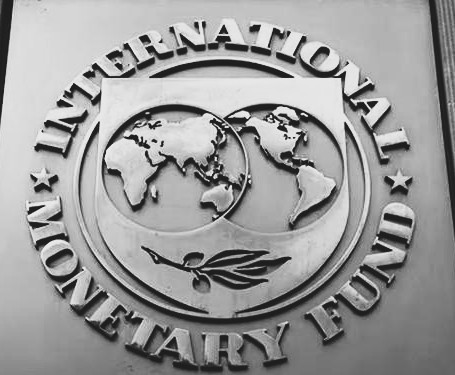IMF warns of rising debt risks in Sub-Saharan Africa
4 min read
IMF cautions that growing reliance on domestic banks for funding could trigger financial instability and limit private-sector growth across Sub-Saharan Africa.
Sub-Saharan African governments are increasingly relying on local banks to fund their budgets, paying higher borrowing costs at home than abroad and placing new pressure on domestic lenders, according to the International Monetary Fund (IMF).
In its latest Regional Economic Outlook, released during the IMF and World Bank annual meetings in Washington, the IMF said that the “domestic cost of capital remains elevated across the region.” Many financial markets in Africa, it added, remain “underdeveloped, fragmented, and illiquid,” making borrowing more expensive and less efficient for both governments and the private sector.
The IMF noted that in many countries, new domestic borrowing is now “significantly more expensive than external borrowing.” Governments have turned to local banks after being shut out of international capital markets in recent years due to rising global interest rates and weaker investor confidence. However, this has led to unintended consequences, such as crowding out private borrowers and pushing up local interest rates.
Mounting strain on local banks
The report highlighted that domestic banks’ holdings of government debt are “large and growing faster in Sub-Saharan Africa than in the rest of the world.” This trend poses serious risks to financial stability, as it creates a strong link between banks’ health and government finances. If governments face challenges servicing their debts, the impact could ripple through the banking system, reducing credit availability and stalling economic growth.
The IMF warned of a possible “vicious feedback loop,” where strained public finances undermine bank stability, further tightening credit conditions and worsening fiscal pressures. This cycle could be particularly damaging in smaller economies with limited financial buffers.
Abebe Aemro Selassie, the IMF’s African Department Director, told Reuters that while the increasing shift to domestic borrowing shows progress in countries’ ability to raise funds in local currencies, it also introduces new vulnerabilities. “About half of total public debt is owed to domestic banks,” Selassie said. “Access to external financing has not been readily available in recent years, but excessive domestic borrowing can also create problems in the banking sector if governments struggle to service their debt.”
Rising debt and limited fiscal space
Omega Tv UK celebrates ONE YEAR ANNIVERSARY, we wish to thank all our viewers for helping us reach this milestone.
Happy 1st anniversary to Omega TV UK!.

Many Sub-Saharan African nations are already burdened with high levels of public debt. According to IMF data, average debt in the region now exceeds 60% of GDP, with several countries including Ghana, Zambia, and Ethiopia facing debt distress or restructuring challenges.
Governments have been forced to increase borrowing to finance infrastructure, social programs, and subsidies amid slowing growth and global shocks, including the lingering effects of the COVID-19 pandemic and Russia’s war in Ukraine. With external borrowing options limited, they have increasingly tapped into local resources.
However, this strategy carries long-term risks. Higher domestic borrowing costs mean that interest payments consume a growing share of government budgets, leaving less room for investment in health, education, and job creation. It also squeezes the private sector, as banks prioritize lending to governments over businesses due to perceived lower risk.
A slow return to global markets
After years of being locked out of international bond markets due to high borrowing costs, some African countries have cautiously started returning to global markets since 2024. However, investor confidence remains fragile, and many countries are still wary of falling back into debt traps.
The IMF noted that improving fiscal discipline and deepening local capital markets are key to managing these risks. Governments are urged to diversify funding sources, enhance debt transparency, and focus on long-term reforms to strengthen financial systems.
Outlook and recommendations
The IMF expects Sub-Saharan Africa’s economy to grow by around 3.8% in 2025, a modest recovery from 3.3% in 2024. Inflation has begun to ease in several countries, but high interest rates and limited fiscal space remain obstacles to stronger growth.
The Fund advised policymakers to improve debt management frameworks and reduce reliance on short-term domestic debt, which exposes governments to rollover risks. It also recommended boosting domestic revenue collection through better tax administration and reducing inefficient subsidies.
Selassie emphasized that sustainable growth requires balancing fiscal responsibility with investment in productive sectors. “The region’s long-term resilience depends on ensuring that public debt remains manageable and that domestic financial systems are strong enough to support private-sector development,” he said.
The IMF concluded that while domestic borrowing provides flexibility in times of crisis, overreliance on local banks could undermine both financial stability and economic recovery in the long run.







I enjoyed every paragraph. Thank you for this.
Thank you for being so generous with your knowledge.